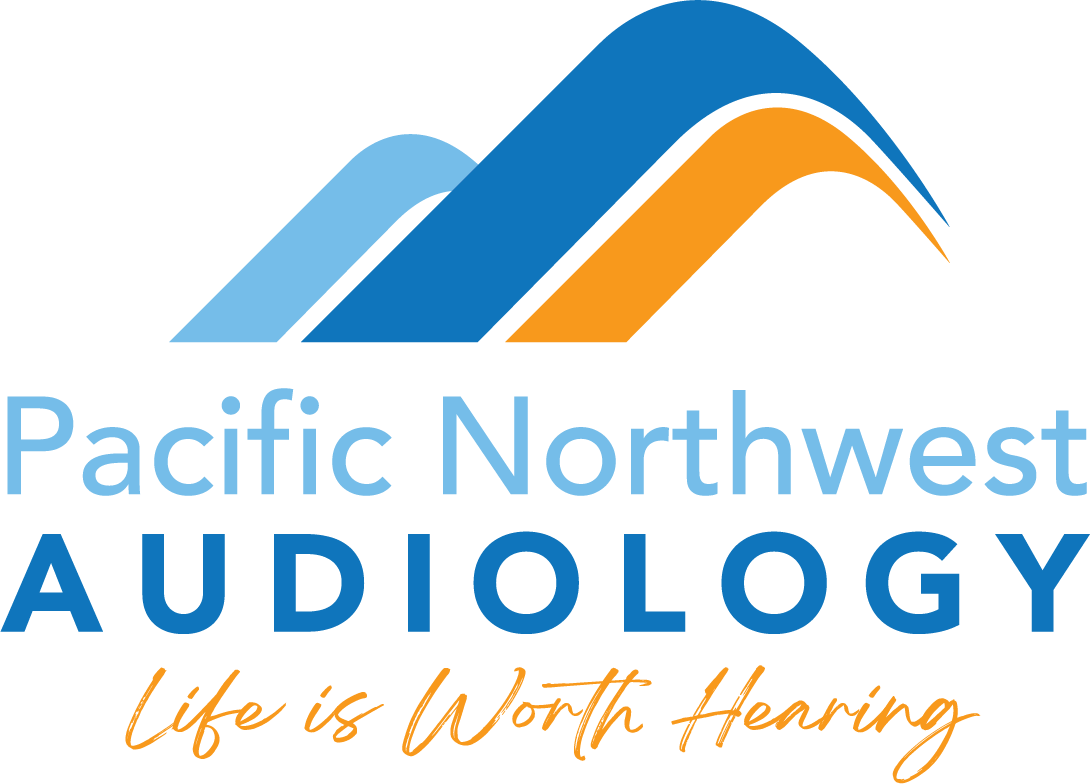
Creating a conducive driving environment is important in maintaining safety for any driver, but especially for those who wear hearing aids. Start by ensuring that the car is in good condition, which means regular maintenance checks to address any issues like brake functionality, tire pressure, or engine performance. Scheduling hearing checks with a hearing health professional regularly is also vital, as it keeps one’s hearing aids functioning at their best. Furthermore, keeping the car cabin quiet can help with focusing on important sounds. This involves turning down the radio volume, minimizing conversations while driving, and using sound-deadening materials to reduce external noise.
In addition to maintaining a conducive environment, adopting safe driving habits is equally essential. Using both mirrors frequently and checking blind spots can compensate for any auditory limitations. Also, making use of visual cues such as road signs, traffic signals, and the movement of other vehicles can aid in decision-making. Planning routes ahead of time reduces the stress of navigating unfamiliar areas, contributing to a more relaxed and focused drive. If possible, choose quieter routes with less traffic to minimize auditory overload.
Utilizing Vehicle Technology
Modern vehicles often come equipped with advanced technology that can assist drivers who use hearing aids. Features such as visual alert systems for emergency vehicles and lane departure warnings provide extra layers of safety, giving drivers more information to act upon. Additionally, navigation systems with visual turn-by-turn directions can be incredibly useful, as they reduce the need to rely on auditory instructions.
Other beneficial features include adaptive cruise control, which maintains a safe distance from the vehicle ahead and automatically adjusts speed, and blind-spot monitoring, which alerts drivers to the presence of vehicles in their blind spots. Parking sensors and rear-view cameras can also assist in navigating tight spaces and avoiding obstacles when parking.
By taking advantage of these technologies, driving becomes much safer and more manageable. It’s also advisable to keep abreast of new safety features and consider upgrading to a vehicle that offers the latest advancements in driver assistance technologies.
Conclusion
Driving with hearing aids is about making small adjustments and remaining vigilant. By understanding the importance of hearing, preparing the driving environment, adjusting habits, and utilizing vehicle technology, drivers can ensure their journeys are safe. Implementing these practices makes for a confident and secure driving experience, allowing individuals to maintain independence and mobility without compromising safety.
